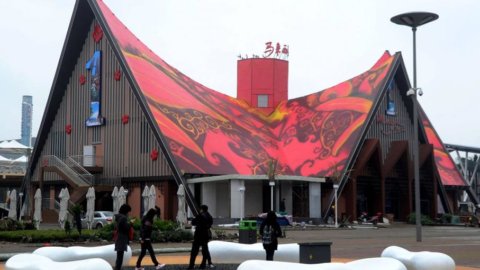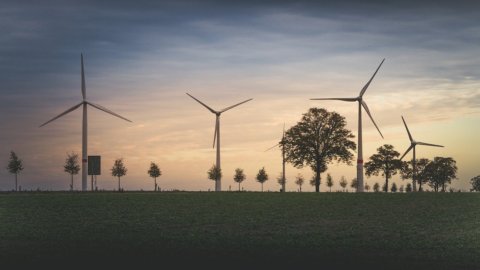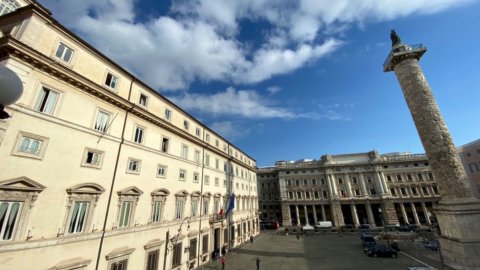A complex series of diplomatic and economic relations in the South China Sea is affecting the sovereignty of the Paracel and Spratly Islands areas between China and neighboring Southeast Asian countries such as Brunei, Malaysia, the Philippines and Vietnam. The disputed area is believed to be rich in oil and natural gas, and is important for fishing. The South China Sea also occupies an important strategic position in terms of international logistics, with most energy and raw material shipments passing through the Strait of Malacca continuing through the South China Sea for markets such as China, South Korea and Japan. In 2013 and 2014 tensions between China and some members of the Association of Southeast Asian Nations (ASEAN), especially the Philippines and Vietnam, have increased as a result of Chinese incursions.
As reported by Atradius, growth is expected to increase by 5,1% in the ASEAN region this year, after a 4,6% growth in 2014. The main supporting factors come from private consumption (+4,8% in 2015 from +4,3% the previous year) and exports (+5,7% from +3,8%). Also the launch of the so-called ASEAN Economic Community (AEC) is expected by the end of the year, with far-reaching economic consequences, significantly promoting the inflow and outflow of investment and reinforcing ASEAN's global significance as an economic bloc. The AEC would unite the ten member countries in a single regional market, whose basic concept is based on the free flow of goods, services, investments, capital and skilled labour, eliminating tariff and non-tariff barriers. And, in addition to the increase in trade flows, companies will thus be able to access larger markets and enjoy the same incentives. However, there are doubts whether all countries in the region are ready for the AEC. For example, small and medium enterprises in Thailand have asked for a fund to be established to ensure sufficient resources to implement productive investments abroad. At the same time, small Philippine businesses have expressed the belief that they will not be able to benefit from the openings offered by the AEC in 2015. And even if the AEC provides for a free flow of people and capital, therefore of workforce, barriers still persist in the form of licenses and requirements that must be met in order to carry out production activities on site. With the consequent greater impetus for operators in the region to intensify protection, given the competitive pressure of products and services from abroad. Here then is that resistance to change, also fomented by nationalist pressure groups, it's getting stronger and stronger as a result, according to analysts, the postponement of the AEC launch date scheduled for the end of 2015 could not be excluded.





